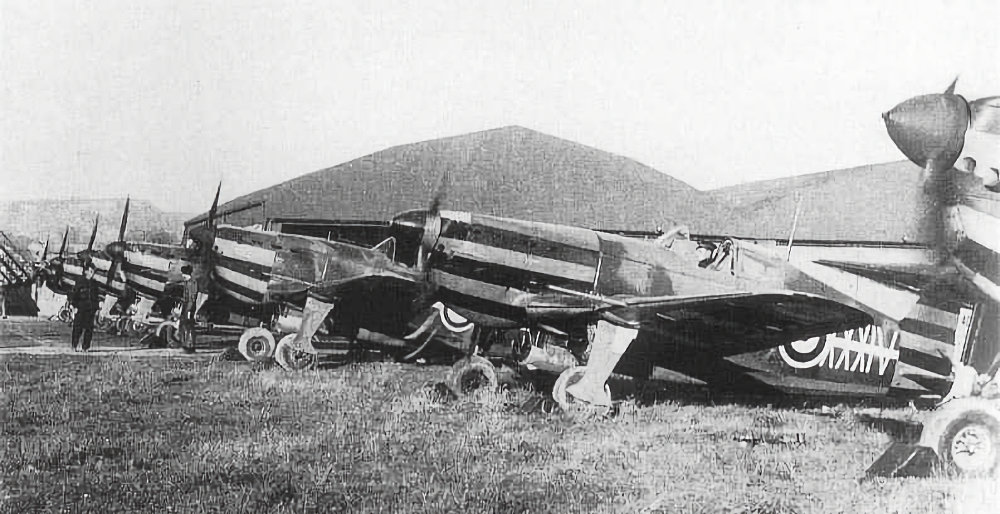Morane-Saulnier M.S.406 In Vichy French Service
Following the June 1940 Armistice, the status of the Morane-Saulnier M.S.406, the primary French fighter at the outbreak of the conflict, shifted drastically. While considered marginally effective against the Messerschmitt Bf 109E during the Battle of France, the Armée de l’Air de Vichy inherited several hundred airframes, designated for service within the remaining overseas territories under the limitations imposed by the German and Italian Armistice Commissions. These units, primarily were centred in North Africa, the Levant, and Indochina. The M.S.406 was thus elevated from a largely obsolete defense interceptor to the principal frontline fighter for Vichy France.
The aircraft’s fundamental technical limitations—namely the 860 hp Hispano-Suiza 12Y-31 engine and the rate-of-fire deficit of its 20mm Hispano-Suiza motor cannon—were acutely felt during subsequent engagements. Initial deployment concentrated on maintaining territorial integrity against internal or external incursions, particularly in the French protectorate of Syria and Lebanon. This theater provided the first significant operational test against modern adversary types during the Syria-Lebanon Campaign (June-July 1941). Here, M.S.406 units of the Groupes de Chasse (GC) 1/7 and 2/3 engaged aircraft of the Royal Air Force (RAF) and Royal Australian Air Force (RAAF), frequently encountering Hawker Hurricane and Bristol Blenheim types. The combat reports highlighted the M.S.406’s deficiency in climb rate and level speed compared to the Hurricane I, often necessitating defensive tactics reliant on maneuverability in low-altitude engagements. Despite a measured deployment of more capable Dewoitine D.520s, the bulk of fighter defense was borne by the M.S.406, resulting in unsustainable attrition rates due to both combat losses and maintenance failures exacerbated by the severed metropolitan supply chain.
Logistical resilience became a critical factor in the aircraft’s extended service life. The Vichy forces were compelled to rely heavily on component cannibalization, local fabrication of non-critical parts, and existing pre-armistice spare inventories. This constrained environment precluded any substantial technical upgrades. For instance, attempts to enhance firepower or improve engine performance were severely limited, restricting the M.S.406 to its original specifications, which were four years outdated by 1942.
The aircraft’s final operational phase occurred during Operation Torch (November 1942), the Allied invasion of North Africa. M.S.406 units briefly engaged superior American types, including P-40 Warhawks and P-39 Airacobras, over Oran and Casablanca. These brief, one-sided engagements confirmed the aircraft’s complete technical obsolescence against contemporary Allied fighters. Following the armistice with the Allies in North Africa, the surviving M.S.406 airframes were swiftly retired from operational frontline status, with some relegated to utility or advanced training roles until their final decommissioning.




